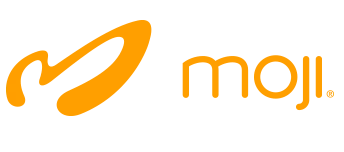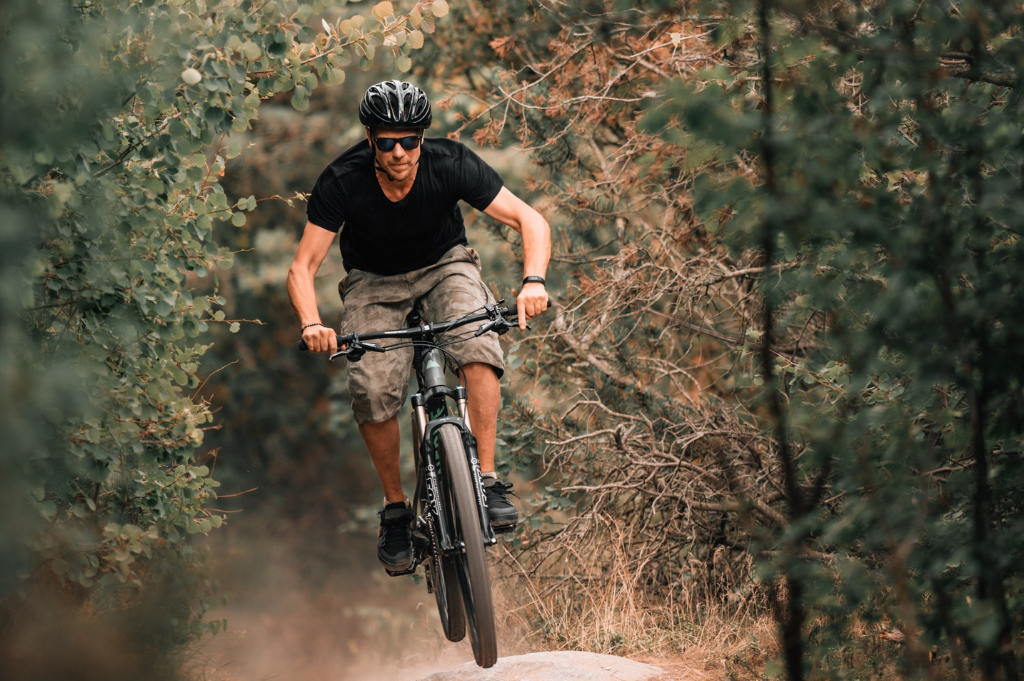Whether you’re preparing for a cycling race, training for a triathlon or simply appreciate the exhilarating cardio workout you get from riding, your body (the lower half in particular) is certainly being challenged.
Most of your focus will be on the meat of your training – developing programs for each ride to incorporate different terrain, speeds, hills and other aspects of riding itself. But it’s also important to remember that your training doesn’t stop once your session ends. In fact, time spent after you hop off your bike is just as important as time spent on the saddle. Cooling down and taking part in athletic recovery reduces your risk of sore muscles and injuries, which can sideline you and set you back in your schedule. This is especially problematic if you are on a deadline for a race.
After each bike ride you should be taking the time to stretch out your muscles and allow your mind and body to return to their resting states. It’s also useful to incorporate self massage into your routine each week, especially after an intense ride. Massage will help loosen up muscles even further, which is important so you don’t create any imbalances.
There are several key muscles you should focus your massager on after a bike ride:
Quads
The quadricep muscles get the brunt of the work while you’re cycling, and this muscle group is made up of four muscles located on the top of your thigh: vastus lateralis, vastus medialis, vastus intermedius and rectus femoris. The quad muscles help your to extend your leg at the knee and flex at the hip, which happens every time you rotate the pedals.
To massage your quads, start in a seated position and warm up the muscles by using gliding strokes up and down the quads, focusing on more of a relaxation massage. Once you’ve done this for a minute or two, you can add pressure to find any spots of tension or discomfort. When you find a knot, apply deep tissue pressure and hold on that spot while you breathe deeply until you feel a release. Then move on to the next sore area. You want to be sure to work the area from the top of your knee up to your hip. After applying intense pressure, relax once again and return to gliding with the leg massager for another minute before moving to the other leg.
Calves
Your calf muscles also get a workout, and it’s important to have strong calves in order to be able to cycle well. The muscles down the back of your lower leg include your soleus and your gastrocnemius.
To massage your calves, you want to sit with one leg bent. Start by rolling the hand held massagerup and down your calf to loosen up muscles, then you can apply more pressure and begin to move in circular motions. Be sure to focus on any tense spots between the back of your knee to your heel before moving on to the other calf.
Glutes
The muscles on your buttocks are activated while you alternate between sitting and standing as well as when you pedal, and these include your gluteus medius, minimus and maximus. You can also work your piriformis muscle here. If you’re experiencing low back pain, it might because of tight glute muscles.
To massage your glutes, it’s best to start standing. You can begin with gentle gliding motions over one side of your buttock to warm the muscles, then you should increase the pressure while you continue to move the massager up and down and side to side. Since there’s a good chance you’ll find some knots here, you can rest the massager against the wall and press the knot onto one of the gliders and use as much pressure as you can, holding on this spot until you feel the pressure release. After loosening up trigger points, glide the massager in circular motions for one minute, then switch to the other side.
Hamstrings
The muscles opposite your quads are your hamstrings, which run down the back of your thigh and include the biceps femoris, semitendinosus and semimembranosus. The hamstrings also help the knees bend and extend while pedaling.
To massage your hamstrings, sit with one leg bent or lie down and bring one leg up, bent at the knee. Like the other muscles, start with relaxing gliding motions as you slow your breathing and let your body calm down. Once your hamstring is loose, you can begin to apply more pressure and start to move the massager in small circular motions up and down the space between the back of your knee and your buttocks. Hold on spots of tensions for a few extra seconds, and then switch to the other hamstring.

